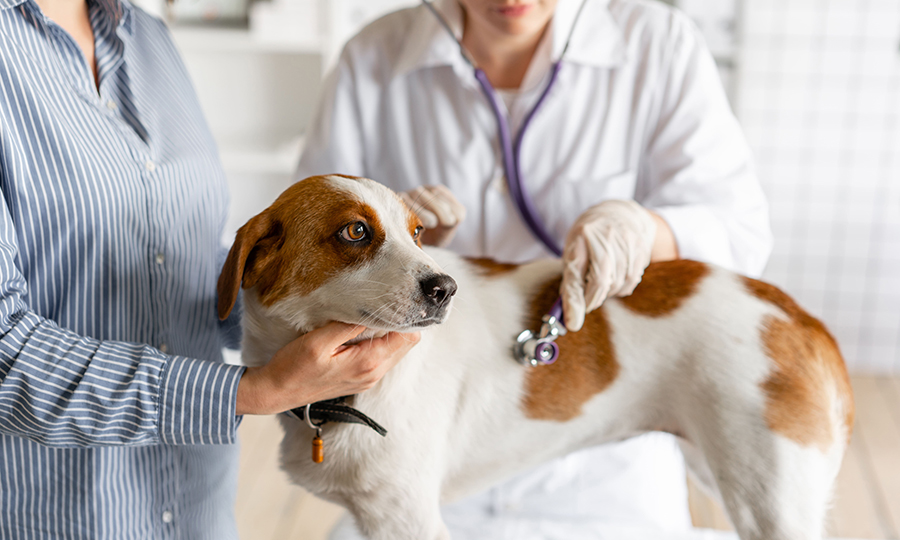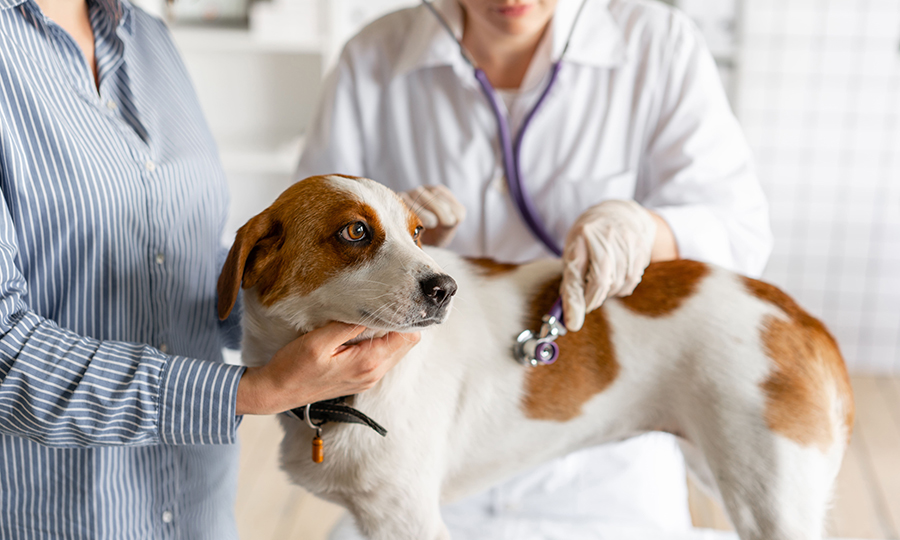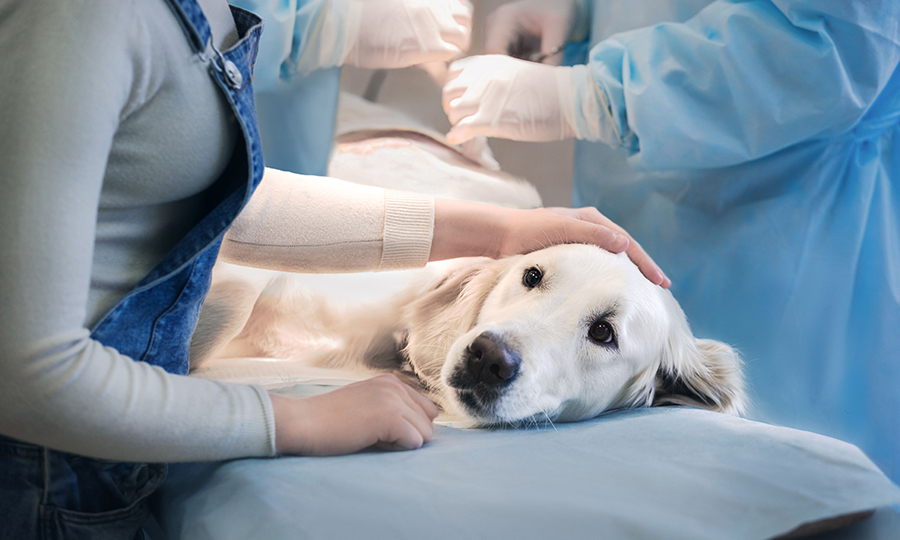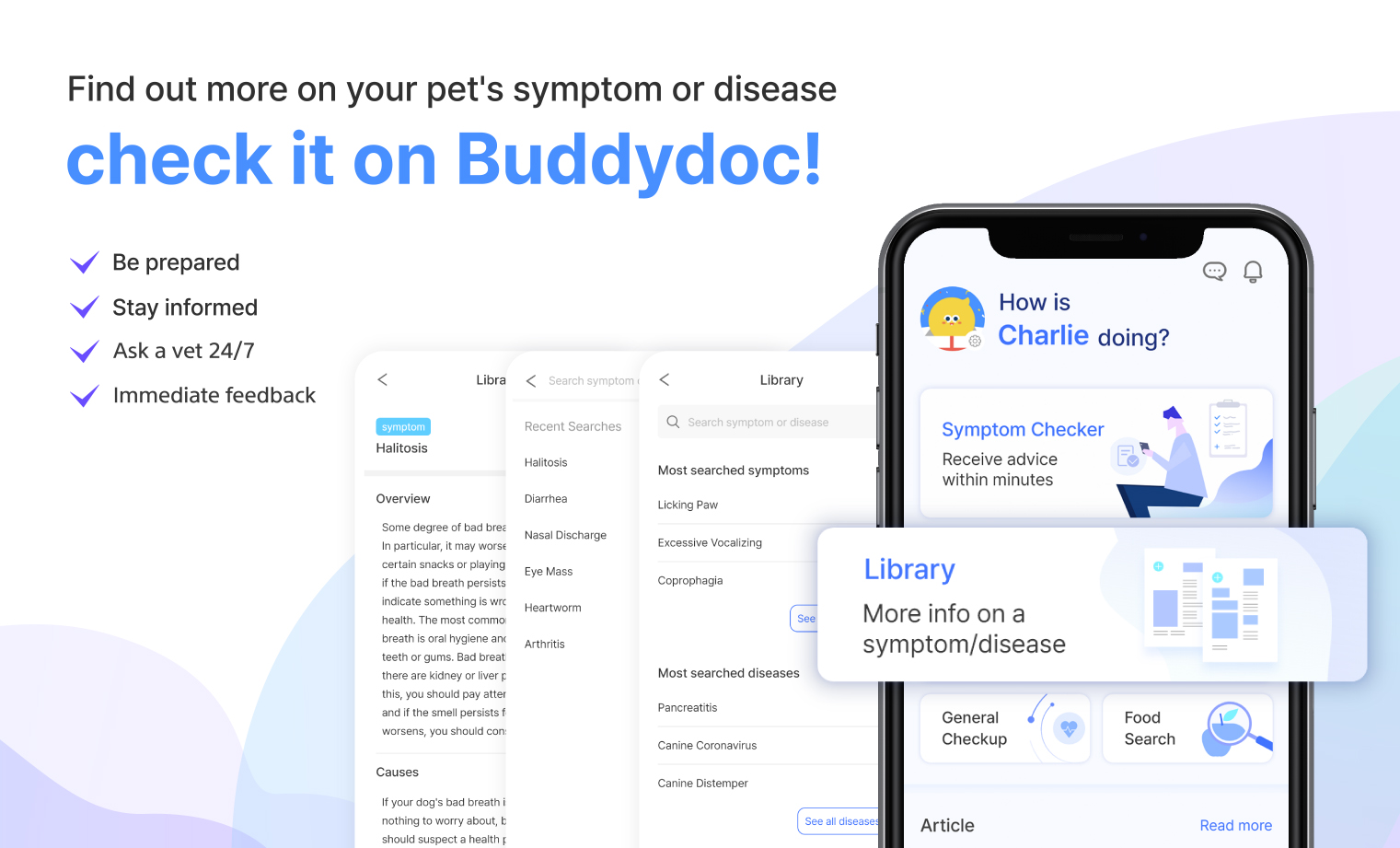DISEASES
Sick Sinus Syndrome in Dogs - Symptoms and Treatment
페이지 정보
본문


What is sick sinus syndrome in dogs?
Sick sinus syndrome is a heart disease in which the sinus node, the electrically active part of the heart, does not function normally, affecting the heart's rhythm. Typically, a dog's normal heart rate is between 60 and 120 beats per minute, and smaller breed dogs and puppies have a heart rate typically between 120 to 160 heartbeats per minute. However, in patients with sick sinus syndrome, the heart rate stays below 40 beats per minute even after exercise or when excited. The heart rate slows down, may stop at times, and can also suddenly change from a slow heart rate to a fast heart rate.
Dogs with sick sinus syndrome usually experience exercise intolerance, and in some cases, may display symptoms of fainting. While this condition can be managed to lead a normal life, it can also cause fatal blood circulation disorders.
Common causes of sick sinus syndrome in dogs
In a normal heart, the sinoatrial (SA) node, located in the right atrium, creates an electrical signal. When this electrical signal passes through the atrioventricular (AV) node and reaches the ventricle, a ventricular contraction, or heartbeat, is produced. In other words, the sinus node determines the rhythm and speed of heartbeats. Sick sinus syndrome occurs when the sinus node function is impaired or the AV node blocks the electrical signal, preventing ventricular contraction from activating.
The exact cause of this disorder is not known, but it has been confirmed that sinus node cells are replaced by fibrous tissue in patients with sick sinus syndrome.
Symptoms and signs of sick sinus syndrome in dogs
Dogs with sinus node dysfunction may be asymptomatic, but the most common symptom is a low heart rate of fewer than 40 beats per minute. In addition, arrhythmias, which are irregular heartbeat rhythms, may appear, and some dogs may show irregularly fast heartbeats. Because the heart rate is slowed, exercise intolerance is also common, and some dogs may even faint. Fainting symptoms may appear suddenly without warning and may occur after a cardiac arrest of 8 seconds or longer. Temporary lethargy may occur and, in severe cases, cardiac arrest can result in death. Severe sick sinus syndrome may be accompanied by symptoms of congestive heart failure, such as shortness of breath and coughing.
Risk of sick sinus syndrome in dogs and when to see a vet
Sick sinus syndrome, which typically affects older dogs over the age of six, is also more commonly seen in females than in males. Dogs with underlying heart-related conditions may have a poor prognosis as well.
There is no known genetic factor, but the following breeds have been related to a higher risk:
- Miniature Schnauzers (especially in females)
- Dachshunds
- Cocker Spaniels
- West Highland White Terriers
- Boxers
- Pugs
Can I treat sick sinus syndrome in dogs at home?
It is a good idea to have periodic health check-ups to check for heart problems before symptoms appear or worsen. If symptoms related to sick sinus syndrome appear, it is necessary to quickly receive an accurate diagnosis and receive treatment. No other home treatment will be as effective, and one should not hesitate to start treatment as soon as possible.

Diagnosis of sick sinus syndrome in dogs
To diagnose sick sinus syndrome, the following tests may be performed:
-
Physical examination
A dog’s heart rate can be accurately measured through auscultation.
-
ECG or Holter monitor
Diagnosis can be made by continuous monitoring of the heart rate. In the case of a Holter monitor, it is possible to determine whether the cause of fainting is tachycardia or bradycardia.
-
Atropine response test
The response to the rhythm of the heartbeat can also be evaluated by administering atropine, a drug that increases the heart rate. In other words, if the heart rate does not increase by more than two-fold, or if it does not respond at all when atropine is administered, the diagnosis of sick sinus syndrome can be made.
-
Heart ultrasound
Echocardiography may be done to confirm other heart disorders, if present, or to rule out other heart disorders, that is, to check for structural changes in the heart that can affect the heartbeat.
-
Blood test
A basic blood test checks for abnormalities in the blood’s calcium and potassium levels.
-
Chest X-rays
Evidence of heart failure can be identified through X-ray.
Treatment for sick sinus syndrome in dogs
Sick sinus syndrome may not require treatment, depending on the severity of symptoms. In cases where the symptoms are not severe, treatment with medication may be sufficient. However, the most definitive treatment for this condition is the implantation of a pacemaker to regulate the electrical activity of the heart.
-
Medication
Medication is aimed at increasing the heart rate in mild cases. However, it should be noted that there is no long-term cure for this condition, and the treatment effect is temporary. In such cases, drug therapy may be considered as an alternative when pacemaker implantation is not possible. In less severe cases, anticholinergic drugs, such as atropine, may be used for treatment. Additionally, drugs that inhibit the vagus nerve, such as theophylline, terbutaline, and propantheline bromide, can be utilized to maintain a normal heart rate as well.
-
Pacemaker
In severe cases, it is recommended that a pacemaker be used to improve a dog's longevity and quality of life. This is achieved through minimally invasive surgery, during which the pacemaker's lead is introduced through the jugular vein and delivered to the right ventricle. The pacemaker generator is then connected to the leads and placed under the skin around the neck. It is important to restrict the dog's activity for the first six weeks following pacemaker placement.
Complications, however, cannot be entirely avoided during the pacemaker implantation surgery. These complications include breakage of leads, displacement of leads, and the formation of blood clots. The batteries used in pacemakers typically have a lifespan of several years. Despite these potential complications, it is known that about 90% of symptoms disappear completely after cardiac pacemaker surgery is performed.
How to prevent sick sinus syndrome in dogs
The cause of sinus dysfunction syndrome is not known. Although there is a pattern of breeds that are genetically predisposed to a higher risk of sick sinus syndrome. It is best to detect and manage heart problems as early as possible through regular examinations. It is also recommended not to breed if your dog is suffering from sinus dysfunction syndrome.
Find out more about your dog’s disease or symptoms in the Buddydoc Library!

The Buddydoc library is filled with everything you’d want to know about each symptom and disease your pet may experience. If you would like to find out more about the causes, signs, treatments, preventions, and more for your dog’s disease. Try out the Buddydoc app and search your pet’s symptom or disease in the Buddydoc library.












